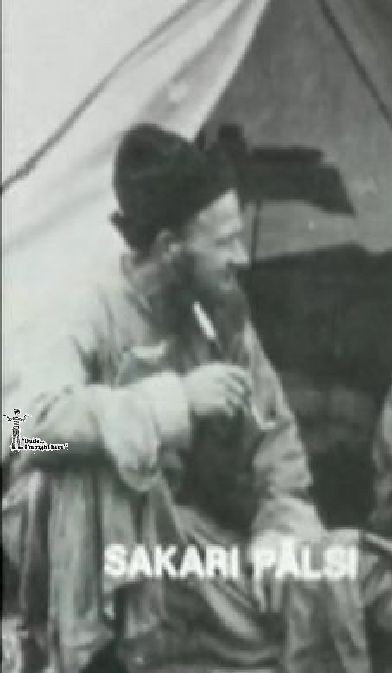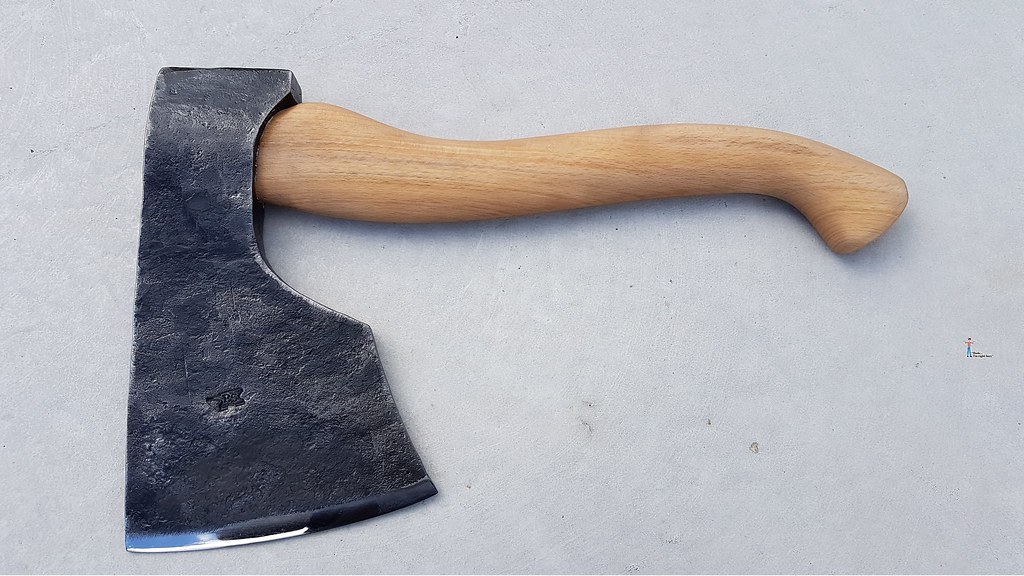Kevin,i'm sorry,but i have a number of issues with your interpretations of events.
1.Chronology.
You're Very carelessly mentioning a number of events that are not at all certain:It is NOT known when the "collared" axes take their beginning,and as to the end of their manufacture,you're replying to a fairly recent GB catalog(thank you,Steve,btw).
2.I absolutely do Not accept your reasoning for Why the extended collar developed.Your siting the protection of the haft that,as a blacksmith,i think spurious at best.
This type of eye is Extremely laborious to produce(let me look around for a good visual material illustrating just how hard it is.Although,if one has never moved iron by hand at the anvil no amount of verbal or visual explanation may activate the right set of neurons

).
Also,i don't believe that any parallel between the Langettes and the ext.collar under the eye is justified.Langettes have entirely different history,purpose,physics involved,AND they take nothing to make.As in your example of that fireman's axe above,they don't even have to be a part of the head(and often weren't).
3.I think that it's misleading to accord ANY evolution in the technology of axes to the military.Their main use by the military was as intended,i.e. engineering tools.Thus,the advances in axe design preceeded their adopting by the military,at least i've never seen an even remotely military-related axe that wasn't already a well-advanced example of it's general type.
An axe is not a weapon(arguably,but i do believe that strongly),but,even if/when used as such,Again,we see a ready,fully-developed Type of an axe,with all the technological/metallurgical bugs worked out....(quite naturally,just imagine how many other chores were performed with an axe besides busting heads or whatever....).
Much respect,but such would be my $0.02....









